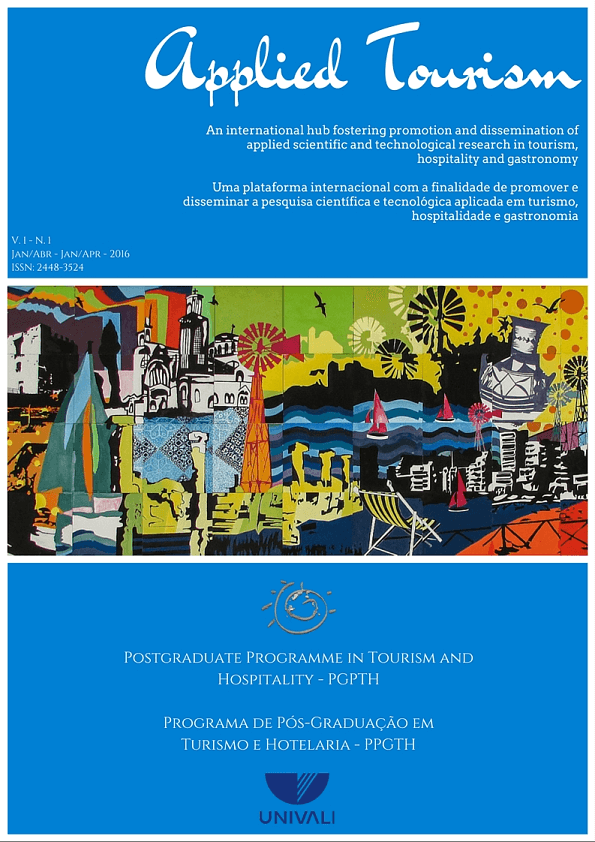O USO DE TECNOLOGIAS EM MUSEUS E CENTROS DE VISITANTES: ESTUDO DE CASO DO CENTRO DE VISITANTES DO PROJETO TAMAR DE FERNANDO DE NORONHA – PE
DOI:
https://doi.org/10.14210/at.v1n1.p97-112Abstract
O projeto TAMAR é uma iniciativa pioneira no Brasil na conservação das tartarugas marinhas, e em 1984 se instalou em Fernando de Noronha (PE) buscando protegê-las. Com base na premissa da melhoria de serviços prestados, desenvolveu-se uma pesquisa buscando conhecer a opinião dos entrevistados quanto aos aspectos da interpretação e os serviços prestados pelo Centro de Visitantes (CV) do Projeto Tamar/ICMBio em Fernando de Noronha. Para isso, utilizou-se a pesquisa descritiva e observação in loco, e como aporte teórico a pesquisa bibliográfica. Foram entrevistados visitantes no CV e uma das principais constatações foi a de que 80% dos entrevistados ainda preferem uma palestra tradicional a um vídeo em 3D. Com base nesse resultado, conclui-se que os turistas desejam novas tecnologias, no entanto não abrem mão da interpretação
ambiental personalizada, realizada por meio das palestras. Descobrir o limite que tange o uso de tecnologias e a ausência de interpretes é um dos maiores desafios atuais dos museus e centros de visitantes.
Palavras-chave: Projeto Tamar. Fernando de Noronha. Novas Tecnologias.
Downloads
Published
Issue
Section
License
In this term of responsibility I (we) certify the participation in the drafting of the attached article, thereby making public my (our) responsibility for its content. I (we) declare not omitting any connections or financing agreements between I (we) and entities and / or institutions that may have an interest in the publication of this article. I (we) certify that the article is original and that the work, in whole or in part, or any other work with content substantially similar to my (our) authorship, in any other format (printed or electronic), was not sent to another journal and will not be sent while is being considered by the Applied Tourism. In this consent form, the authors give permission to the journal, in the case of approval by the Editorial Board, for the publication of the attached article in hard copy and/or electronic form, in a regular edition of the journal.










